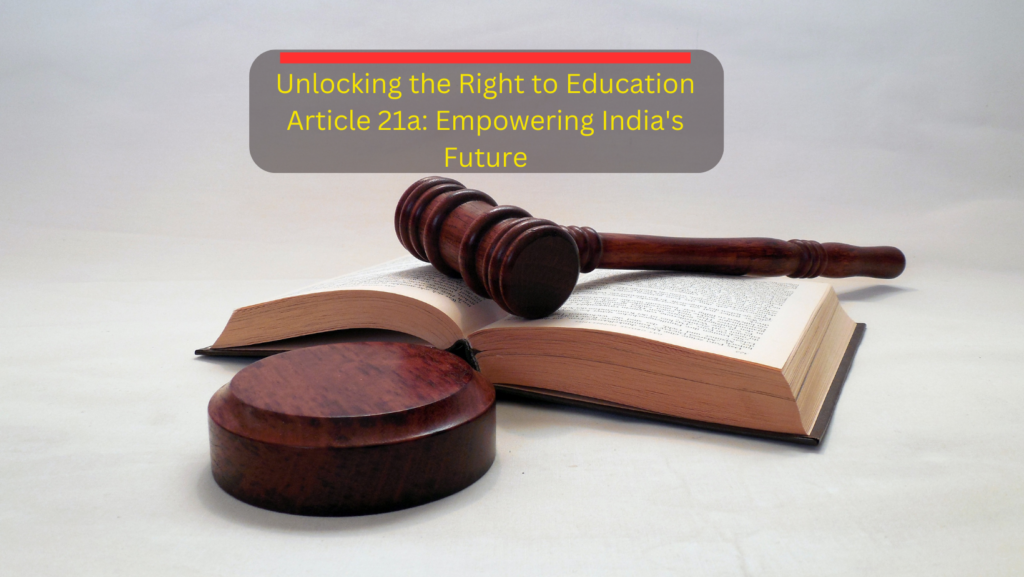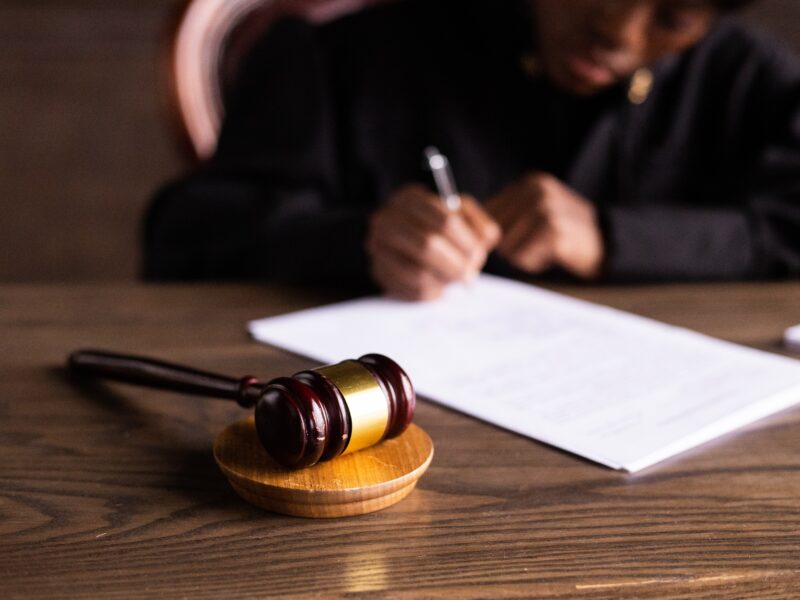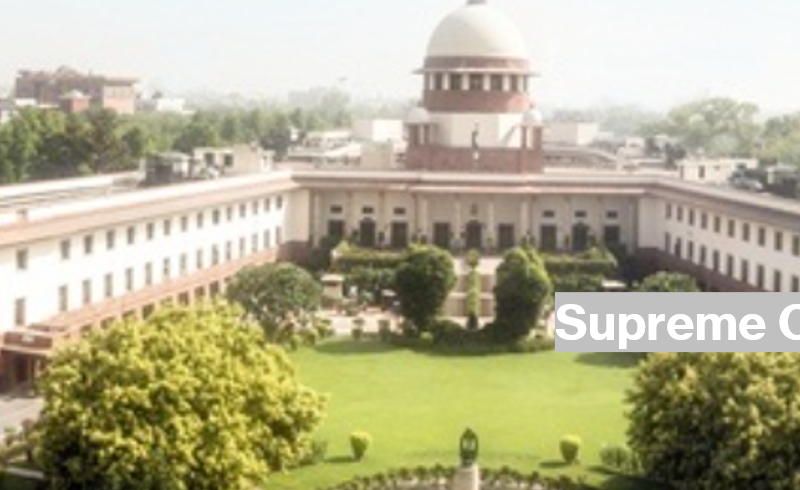Introduction
Education is the cornerstone of personal development and societal progress. It has the power to transform lives, uplift communities, and shape the future. In the Indian context, the Right to Education Article 21a is a significant legal provision that underscores the importance of education as a fundamental right for all. This article aims to shed light on this pivotal aspect of education in India.

The Essence of Education
Education is not merely about textbooks and classrooms. It is a beacon of hope, a tool for empowerment, and a catalyst for change. The Right to Education Article 21a recognizes this and envisions a brighter, more equitable future for all citizens.
Understanding Article 21a
The Right to Education Article 21a is a constitutional provision in India, added through the 86th Amendment Act of 2002. This groundbreaking amendment made education a fundamental right for children between the ages of 6 and 14, mandating free and compulsory education.
Key Provisions of Article 21a
- Free Education: The state is obligated to provide free education to every child.
- Compulsory Education: It is mandatory for children to receive education between the ages of 6 and 14.
- Prohibition of Discrimination: The article ensures that children are not discriminated against in any educational institution.
Implementation and Challenges
Ensuring the effective implementation of Article 21a has been a journey with its own set of challenges. Let’s explore the intricacies of putting this vision into practice.
Challenges Faced
- Infrastructure: Many schools lack the necessary infrastructure and resources to provide quality education.
- Teacher Shortage: The shortage of qualified teachers remains a significant obstacle.
- Inequality: Disparities in access to education persist, especially in rural areas.
Progress Made
While challenges persist, notable progress has been achieved in improving enrollment rates and enhancing the quality of education.
The Impact of Article 21a
The Right to Education Article 21a has had a profound impact on society. It has not only increased enrollment but also promoted social inclusion and awareness.
Landmark Judgement on Right to Education Article 21a
Unni Krishnan v. State of Andhra Pradesh: In the 1993 case Unni Krishnan v. State of Andhra Pradesh: The Indian Supreme Court upheld the significance of the Right to Education as a Fundamental Right in this precedent-setting judgement. The ruling reaffirmed the state’s responsibility to provide all children with free and required education.
Modern School v. Union of India (2004): Modern School v. Union of India The question of whether private schools had to reserve a specific number of seats for socially and economically disadvantaged groups of the population was the subject of this case. The ruling made it clear how private educational institutions should promote inclusion.
Pramati Educational & Cultural Trust v. Union of India: In the 2014 case of Pramati Educational & Cultural Trust v. Union of India: The “No-Detention Policy” mandated by the Right to Education Act, which forbids the detention of students up to Class VIII, was acknowledged in this ruling. It provided clarification on both the necessity of raising educational standards and the application of this policy.
Civil Rights Organisation v. Union of India (Social Jurist, 2011): This lawsuit brought to light the problem of unassisted private schools refusing to accept pupils from sections with lower economic standing. The judgement emphasised the necessity of the Act’s stringent execution and held private schools liable for carrying out their obligations under Article 21a.
(2018) Kedar Nath Yadav v. State of Bihar This decision addressed the problem of teacher absenteeism in government-run schools, which lowers educational standards. It emphasised how crucial it is to keep an eye on and guarantee that there are trained teachers in the classrooms.
Societal Transformation
- Increased Literacy: The right to education has led to higher literacy rates.
- Empowerment: Education empowers children to break free from the cycle of poverty.
- Awareness: It fosters a sense of awareness and citizenship.
Conclusion
The Right to Education Article 21a is a beacon of hope for a more educated and empowered India. It has made education a fundamental right, breaking down barriers and fostering societal transformation. As we move forward, it is essential to address the challenges and continue our journey toward an inclusive and educated society.
Frequently Asked Questions
What is the significance of Article 21a?
Article 21a is significant as it makes education a fundamental right, ensuring free and compulsory education for children aged 6 to 14.
How has Article 21a improved education in India?
Article 21a has led to increased enrollment, reduced dropout rates, and improved educational infrastructure.
Are there any exemptions to compulsory education?
While education is compulsory for children aged 6 to 14, certain exemptions exist, such as for children with severe disabilities.
What measures are in place to ensure the quality of education?
To enhance education quality, the government has implemented various teacher training programs and established educational standards.
Can parents choose the school for their children under Article 21a?
Yes, parents have the freedom to choose the school they want their child to attend, whether it’s a government or private school.
How can the challenges of implementing Article 21a be overcome?
Addressing infrastructure gaps, recruiting qualified teachers, and increasing investments in education are key steps to overcome these challenges.

